Filipino Cuisine: A Culinary Journey Through the Philippines
Filipino cuisine is a vibrant blend of indigenous traditions and diverse cultural influences, creating a unique and flavorful culinary experience. From savory adobo to refreshing halo-halo, Filipino food offers a delightful journey for your taste buds.
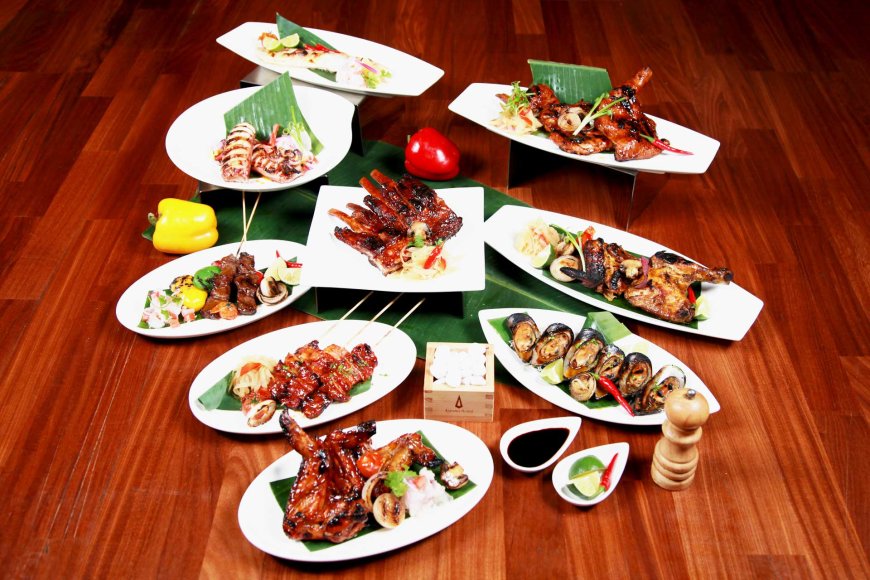
Unique Flavors and Rich Cultural Heritage of Filipino Food
Filipino cuisine is a vibrant and diverse array of flavors, representing the country's rich history, cultural influences, and bountiful natural resources. With its unique blend of indigenous, Spanish, Chinese, Malay, and American influences, Filipino cuisine has gained international recognition for its bold and enticing flavors.

A Fusion of Influences
Filipino cuisine is a testament to the country's history as a melting pot of cultures. The culinary landscape reflects a harmonious fusion of indigenous ingredients and techniques with those brought by foreign influences. Spanish colonization, which lasted for over three centuries, introduced ingredients such as tomatoes, garlic, olive oil, and saffron, resulting in dishes like adobo and paella. Chinese traders and immigrants added their own flavors, contributing to popular dishes like pancit (noodles) and lumpia (spring rolls). The Malay influence is evident in the use of coconut milk and tropical fruits, while American colonization introduced fast food chains and influences on Filipino street food.
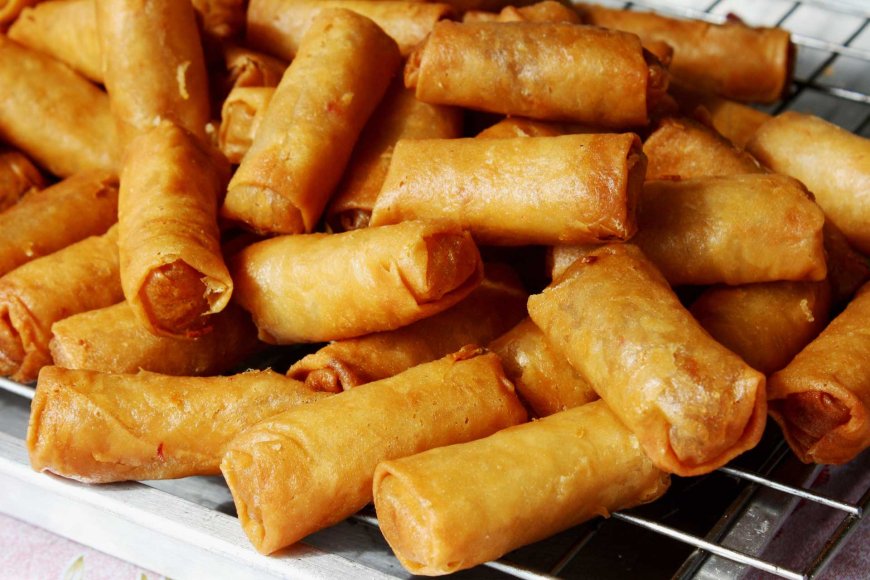
Key Ingredients and Flavors
Filipino cuisine showcases an array of unique ingredients that are integral to its distinct flavors. Rice, a staple in Filipino meals, is often accompanied by a variety of dishes. Adobo, considered the national dish, features succulent meat (usually pork or chicken) marinated in vinegar, soy sauce, garlic, and spices. Sinigang, a sour soup, showcases the Filipino love for sour flavors and typically incorporates tamarind or other souring agents with a medley of vegetables and meat or seafood. The use of coconut milk is prominent in dishes such as kare-kare (oxtail stew) and laing (taro leaves cooked in coconut milk). Filipino cuisine also celebrates the abundance of seafood with dishes like kinilaw (raw fish marinated in vinegar) and grilled fish.
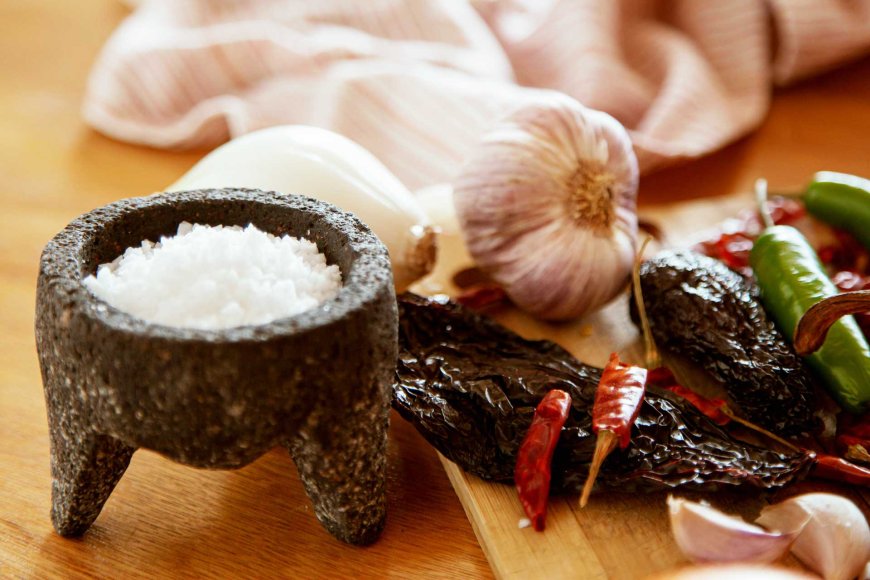
Traditional Culinary Delights
Filipino cuisine boasts a vast array of traditional dishes that have stood the test of time and remain beloved by locals and tourists alike. Lechon, a whole roasted pig with crispy skin and succulent meat, is a centerpiece of festive occasions. The hearty and flavorsome sinigang, along with its numerous variations, is a go-to comfort food. Adobo, with its tangy and savory flavors, is a staple on Filipino dining tables. Kare-kare, a meat and vegetable stew, is known for its thick peanut sauce and is often paired with bagoong (shrimp paste) for an explosion of flavors. Another favorite is halo-halo, a refreshing dessert that combines crushed ice, sweetened fruits, beans, and jellies, topped with evaporated milk and leche flan.
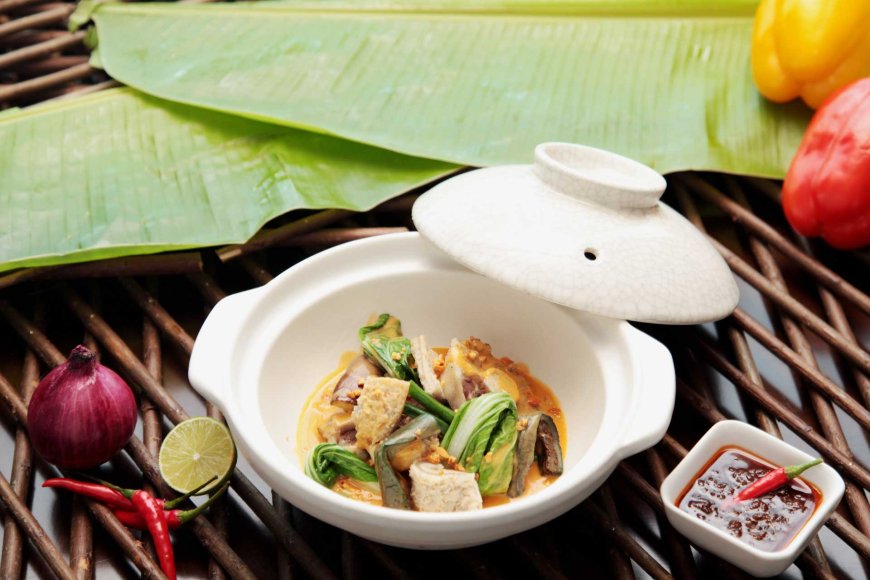
Culinary Traditions and Regional Specialties
Filipino cuisine is deeply intertwined with cultural traditions and regional specialties. Each region in the Philippines has its own culinary treasures. In the north, the province of Ilocos is famous for its empanada, a savory pastry filled with meat and vegetables. Bicol, in the southern part of Luzon, is known for its spicy dishes like Bicol Express and laing. The Visayas region showcases dishes like kinilaw and lechon. In Mindanao, you can find flavorful dishes like piaparan (chicken in turmeric and coconut milk) and durian-based delicacies.
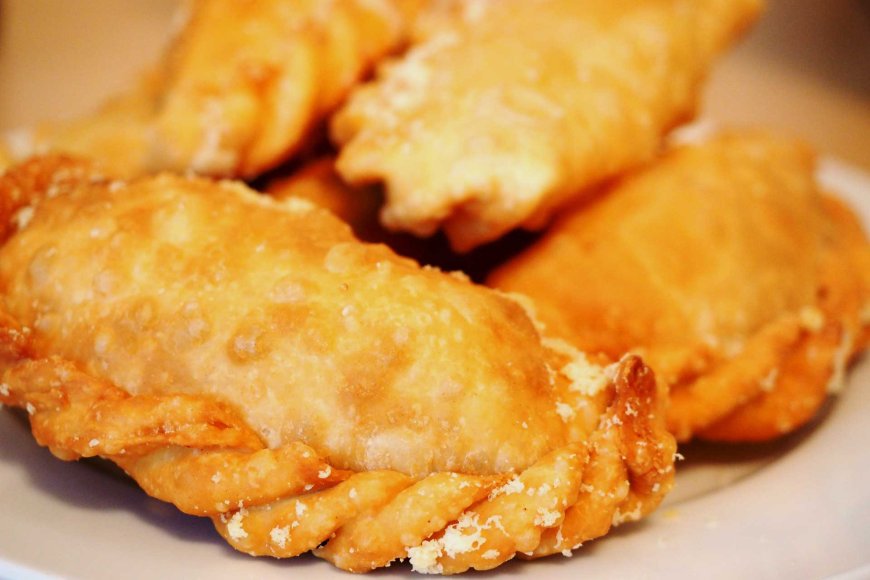
The Rising Prominence of Filipino Cuisine
In recent years, Filipino cuisine has been gaining international recognition and appreciation. Filipino chefs and restaurants have been making waves on the global culinary stage, showcasing the richness and diversity of the cuisine. With the increasing popularity of food tourism and the rise of social media, Filipino dishes like sisig (sizzling pork), halo-halo, and chicken adobo have captured the attention of food enthusiasts worldwide. This newfound recognition has led to the emergence of Filipino-inspired fusion dishes and pop-up restaurants in various parts of the world.
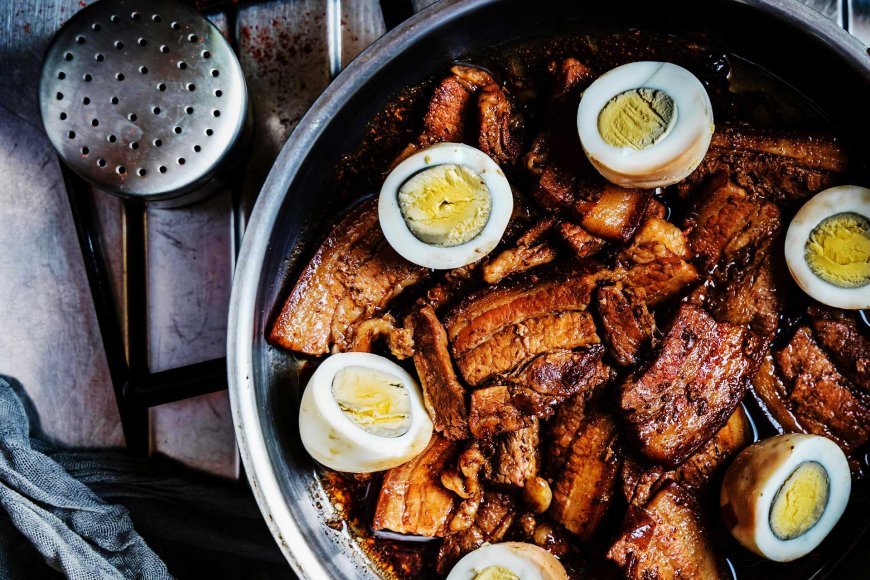
A Flavorful Adventure
Filipino cuisine is a delightful journey through the flavors and traditions of the Philippines. Its blend of indigenous ingredients and diverse cultural influences create flavors that is both unique and captivating. From the savory delights of adobo and sinigang to the indulgent sweetness of halo-halo, Filipino cuisine offers a taste experience that is sure to leave a lasting impression. As it continues to gain global recognition, Filipino cuisine stands proudly as a representation of the country's heritage, innovation, and love for good food.
Find Cheap Flight Tickets to any Destinations in Japan and the Philippines
Nipino.com is committed to providing you with accurate and genuine content. Let us know your opinion by clicking HERE.






























































